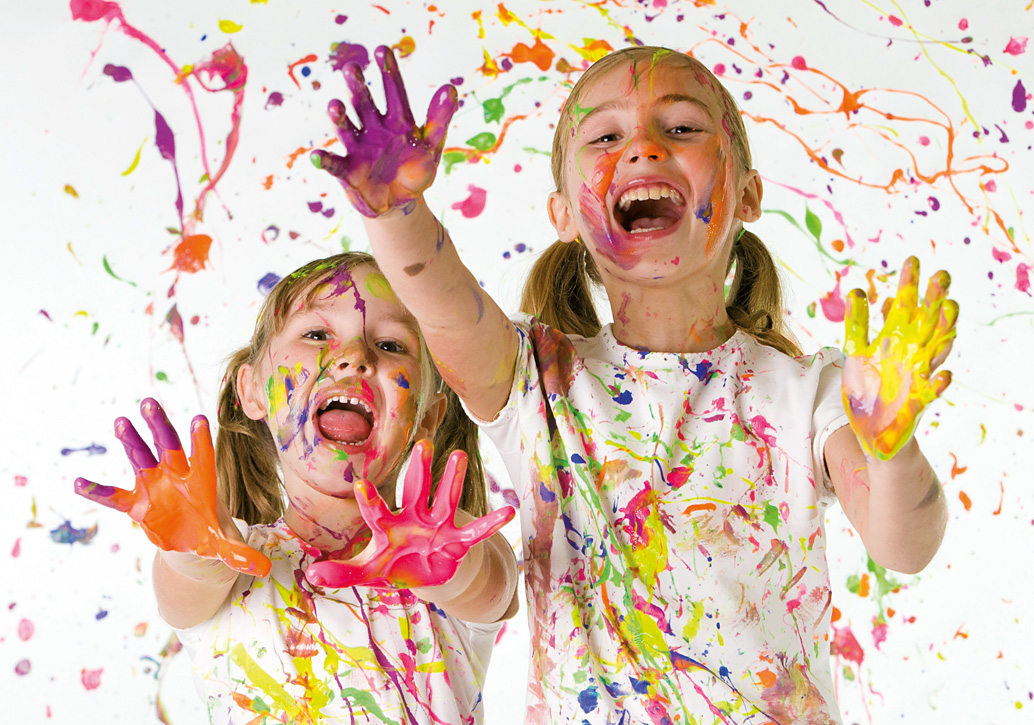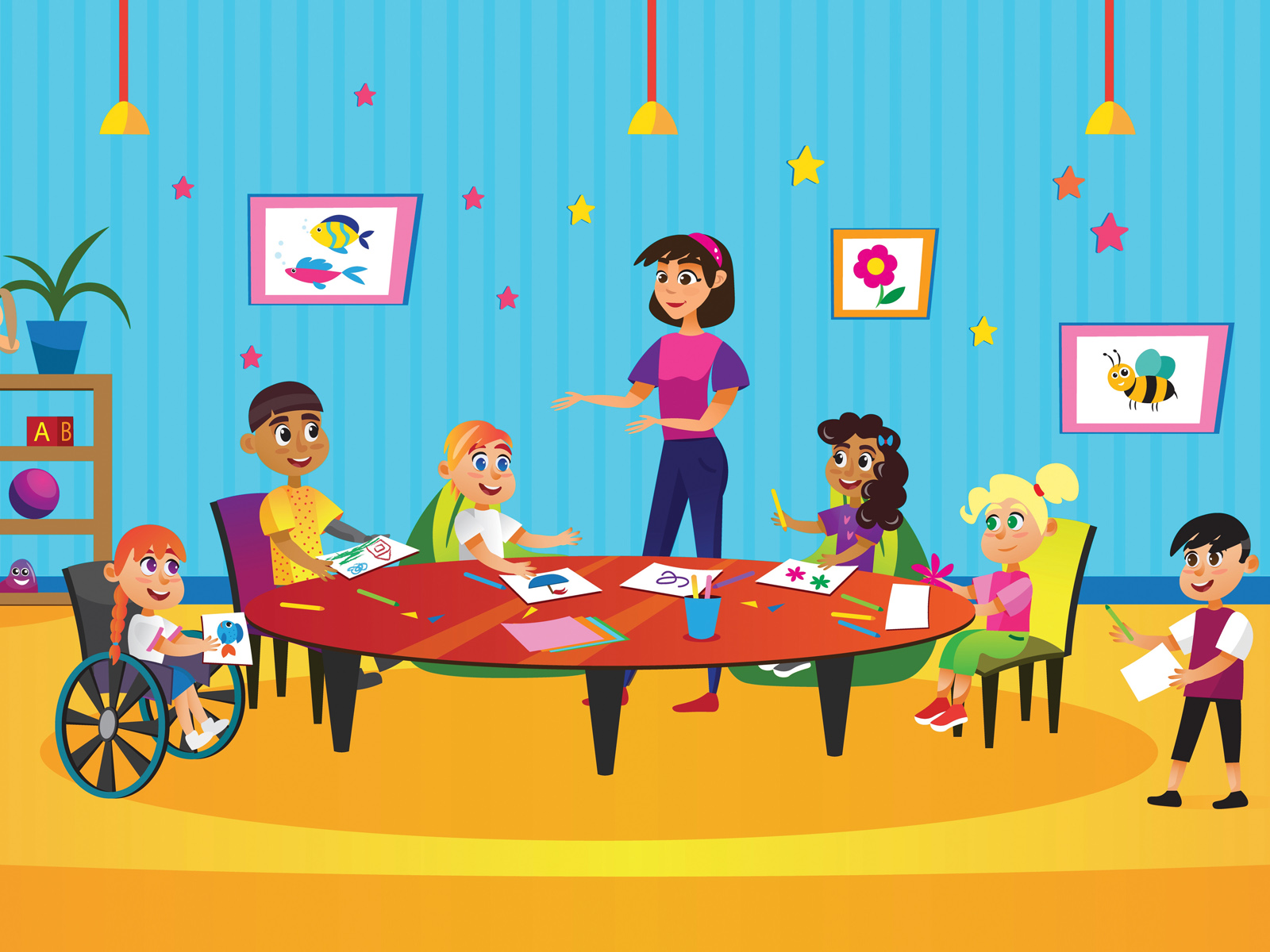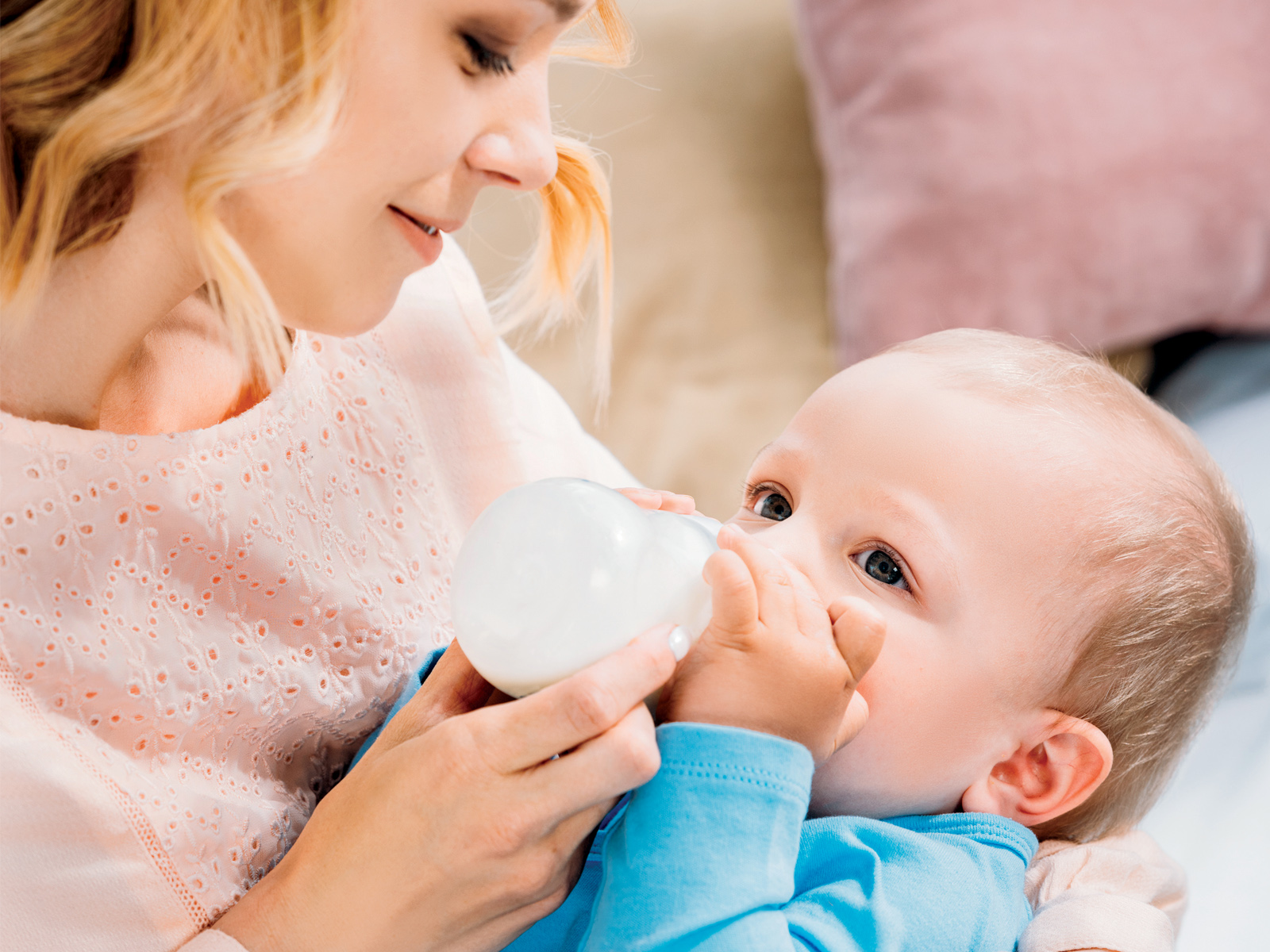Art making is fun and accessible
Drawing, painting, sculpting and other art activities are not only great entertainment for kids, but have also been proven to be quite therapeutic.
By Lydia London
Art making is an activity of encouragement and inclusion that helps to build confidence and teach kids to work together, as well as providing a creative outlet. Here’s a breakdown as to why taking an art class can be helpful.
Good attitude and behaviour
Kids may find it easier to listen to instructions when it comes to art. This could be because they’re allowed the freedom to let loose with their own self-expression and a variety of techniques. Getting the liberty to be a little messy and having fewer rules to follow allows kids to relax, stay calm and simply focus on their own expression.
During art classes, kids are encouraged to enjoy themselves, share materials, tidy up after class and respect each other’s work. The beauty of art is there is no right or wrong answer, as creative expression comes from each child’s unique perspective. Artwork can be displayed to the rest of the class and celebrated. Children can also work with the teacher to set up supplies and put them away as a team.
Cognitive development
Kids can learn about the beauty of colours and amuse themselves by mixing lots of different shades. They can carefully observe a flower or an insect in the playground, looking at its shape and size and all its lovely details, and then try their hand at reproducing its image on their own. Art making allows children to do their own planning, think about how they want to express themselves, and select shapes and colours. There are also opportunities to problem-solve, such as when there’s an accidental paint smudge or paper tear, or a need to share supplies.
Hand–eye coordination, perspective and even fine motor skills can be improved when working on the details of a colourful butterfly or the interesting spots of a giraffe.
Promoting positivity with art
When making art, children are given a voice that might not be heard in ordinary social situations. They are encouraged to have fun and express themselves how they wish, and their finished drawings, sculptures or other creations are celebrated as an achievement. Teachers and parents who compliment kids’ artistic creations can really help to boost their self-esteem.
Accessible for all
Teachers can adapt art activities for children of all abilities. If a child has some difficulty using scissors then paper can be cut ready to collage. Art is very tactile and allows kids with low vision to get stuck in with their hands as the teacher explains all the new and exciting materials. Gluing premade shapes and hand-print painting allow children to be eased into making art at a non-intimidating level. As confidence grows, more materials and activities can be gradually introduced.
A new way to communicate
Children who have difficulty expressing themselves verbally may find it easier to express themselves visually in a non-pressurized, relaxing environment. Many children are visual thinkers, and art allows them to express themselves in a more natural and intuitive way.
Taking time
Kids can experiment and feel relaxed without the pressure of a time limit. Creating a piece of art might take an hour or a week, but that doesn’t matter—it’s the child’s self-expression that counts, not the time it takes. A longer timeline can help reduce stress and form a contrast to other strict school deadlines.
New verbal and listening skills
Kids have to listen carefully to the teacher about the art exercises they’ll be trying. For example, if kids are making art using the marbling effect of paint then they need to learn how to carefully make the mixture bubbly and to place their paper gently on top. Even if there’s a bit of confusion at the start, there will be time to ask questions as they actually start to make the art.
Kids can find it easier to verbalize their ideas as they make their artwork, as they will have something tangible—a visual aid—to describe what they are seeing in their imaginative brains.
Lydia London is a fine arts graduate from the UK who is currently living in Toronto. She enjoys drawing the things she loves, such as animals, food and the lovely pine forests of Ontario. Lydia is passionate about art therapy as a unique way of expressing our inner thoughts, struggles or ideas in a way that talking cannot manage.
Crafty Art
These art exercises are a great way to express some creative energy. Both can be adapted to meet varying levels of difficulty such as changing the size of the macaroni pasta or using stamps which can be filled in instead of drawing around hands.
Hand outlines. Kids can draw around their hands with their palms flat against a piece of paper on a table. They can then get creative and fill in the outline with cut out shapes, glitter glue and paint plus any materials that catch their eye.
Macaroni art. Using pasta to make artwork is always fun. The kids in your class can use dried pasta, which they can then paint in bright colours and stick onto a piece of paper or card (for stability) to create an exciting relief drawing.














